Castling
Castling is a special move in chess, involving the player’s king and one of their two rooks (aka castles). It can be considered a special move because it is the only time in the game of chess when a player may move two of their own pieces at the same time. There are a number of special rules relating to when castling can be performed which we will look at next, but first we need to make sure that we understand some chess terminology.
A chess board may be considered to be divided into two halves, queen side and king side (see diagram). The king side is on the right hand side of the chess board and is shown in blue, the queen side is the left hand side and is shown in red.

Castling may be performed both king side and queen side providing that all necessary chess rules and restrictions are observed (see here).
How to castle
The player moves their king two squares towards their chosen rook. Then the same rook moves to the opposite side of the king. This means the rook moves two squares if castling king side and three squares if carried out on the queen side. Example diagrams are shown below.
Possible castling moves

In this diagram the white king can castle king or queen side. First the king would move their king to either the chosen squares marked in green (c1 or g1). the rook would then move to the opposite side of the king shown by a red circle (d1 or f1 respectively). The moves of these two pieces are considered to be only one move and so are carried out together, although by convention the king is moved first.
Castling king side – before and after
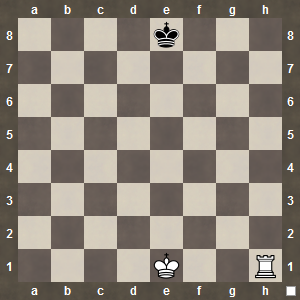
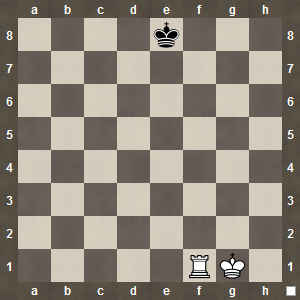
Castling queen side – before and after
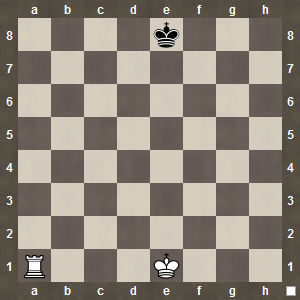
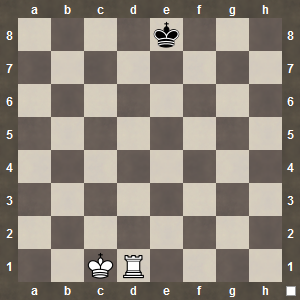
Rules and requirements relating to castling
- Both king and rook must not have previously moved
- No pieces are between king and rook
- The king is not in check
- The king does not move through or end up on a square that is attacked by an enemy piece
- Finally, the king and rook must be on the first rank
These rules can sometimes lead to confusion. Although the king may not be under attack, the rook may. Similarly, the rook may move to a square that is under attack by an enemy piece. A rook may move through a square that is under attack, but the only time this can happen is when castling queen side (‘long castling’) when the relevant square will be the one next to the rook (marked in red in the following diagram).
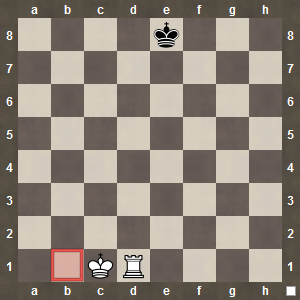
Relevance of the move
Many players consider castling to be a defensive move, as it moves the king away from the centre of the board where it may often be under attack. However, this move also enables a rook to enter the game quickly and can be a particularly powerful move if it links up with the players other rook, or the move brings the rook onto an open file.
Chess notation
The standard chess notation for this move is 0-0 for kingside and 0-0-0 for queenside. This applies to both descriptive and algebraic forms.
Further information
Follow this link for F.I.D.E. chess rules relating to this move.
Note: Under F.I.D.E. chess tournament rules, once the king is touched only a king move may be performed, which includes this one assuming the move is still possible. Also, it is further required that both pieces be moved with the same hand.
However, when you play chess against the computer opponents on this website touching the king does not require it to be moved, instead, the computer merely shows you the moves you have available with a green glow over each square on the chessboard.
I hope this article has answered all your questions about this particular special chess move. If there is anything more you would like to see or any unanswered questions please let me know via the comments section below.